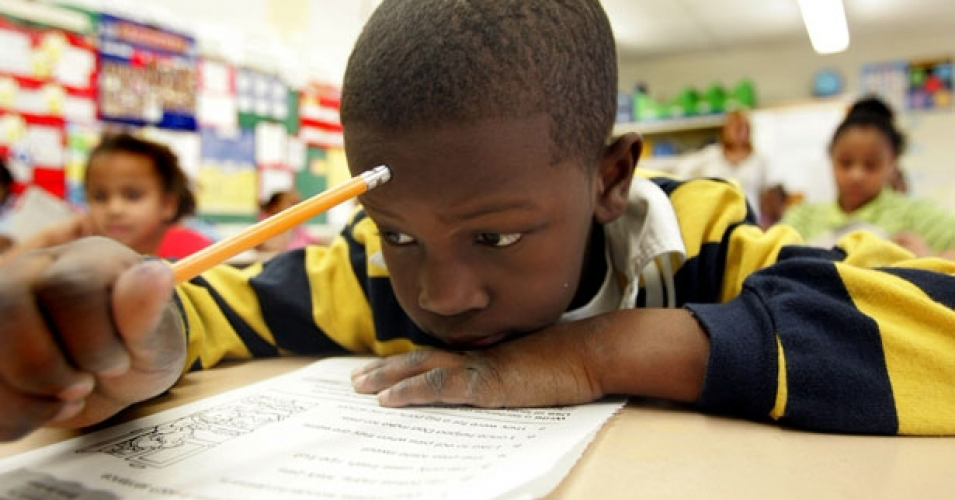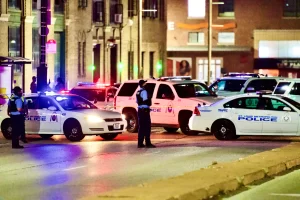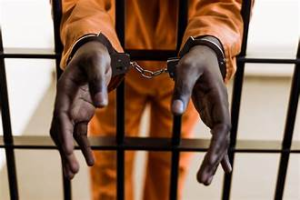Published in St. Louis American, November 29, 2018

Carter G. Woodson wrote the seminal “Education of the Negro” in 1933. He critiqued the educational system of the day and the totality of its devastating impact on black people. The spirit of Dr. Woodson was evoked when I read a commentary on University City schools by Tom Sullivan.
The first thing that smacked me upside the head was that black students were 3.8 grades behind their white counterparts. The other grim data flowed logically from this fact, such as the lack of blacks in advanced placement, suspension rates and graduation rates.
If the latest report by ProPublica is any indication of this country’s education of our children, then our development as a nation is in peril.
I was curious about how the St. Louis Public Schools showed up in the report. If U City Schools, which only has about 3,000 students, were failing so miserably, what should I expect to see with the St. Louis district of 25,000 students?
I find the St. Louis data a bit screwed because it also includes the 25 or so charter schools that are considered part of the public schools. While they get public school dollars, charter schools don’t get the same oversight and monitoring as regular schools. Their oversight comes from an educational or corporate sponsor.
The predominantly black, hyper-segregated district has 100 percent of its student receiving free lunch, an indication of the poverty level. This reality brings a host of issues with students who make it to the classroom.
According to the ProPublica report, those issues related to poverty take a toll on teachers who are chronically absent to the tune of 57 percent putting them in the highest percentile for the state. Teachers have told me that most behavior problems are rooted in psychological trauma. Students are on various medications for diagnoses such as Attention Deficit Disorder and Post-Traumatic Stress Disorder from child abuse, neglect and witnessing violence. The days teachers take off are often referred to as “mental health” days because they need a break to maintain their own sanity.
Voters just elected a former school principal to the St. Louis Board of Education. I can’t remember in modern times when a teacher or principal has been elected to the board and able to bring in that kind of direct experience. Joyce Roberts brings real-life successes during her tenure at Laclede Elementary School. She was honored by the St. Louis American Foundation with a Lifetime Achievement Award at the 2011 Salute to Excellence.
SLPS’s top-heavy administration needs to develop a long-term plan based upon what kind of students the district is responsible for educating. Most parents with the ability to exercise their educational options have done so. Their children are in selected charter schools, private or parochial schools or are being home-schooled. The students left in the district have very specific needs to be met as part of their learning experience.
The “Miseducation” report says that SLPS has the same number of law enforcers per 1000 students – 4.3 – as counselors, social workers and psychologists. My suggestion is to eliminate security guards and double the number of social service providers, which will greatly impact the need for police intervention that often leads to avoidable arrests and charges.
Today’s public school students have very different needs from those of 20 years ago. We don’t have to see this as a deficit model; children from poor and working-class families come with definite strengths. If the focus is on all that’s wrong with our children, we will miss the opportunity to develop the next generation of world-class citizens.
Read “Miseducation” at https://projects.propublica.org/miseducation.



